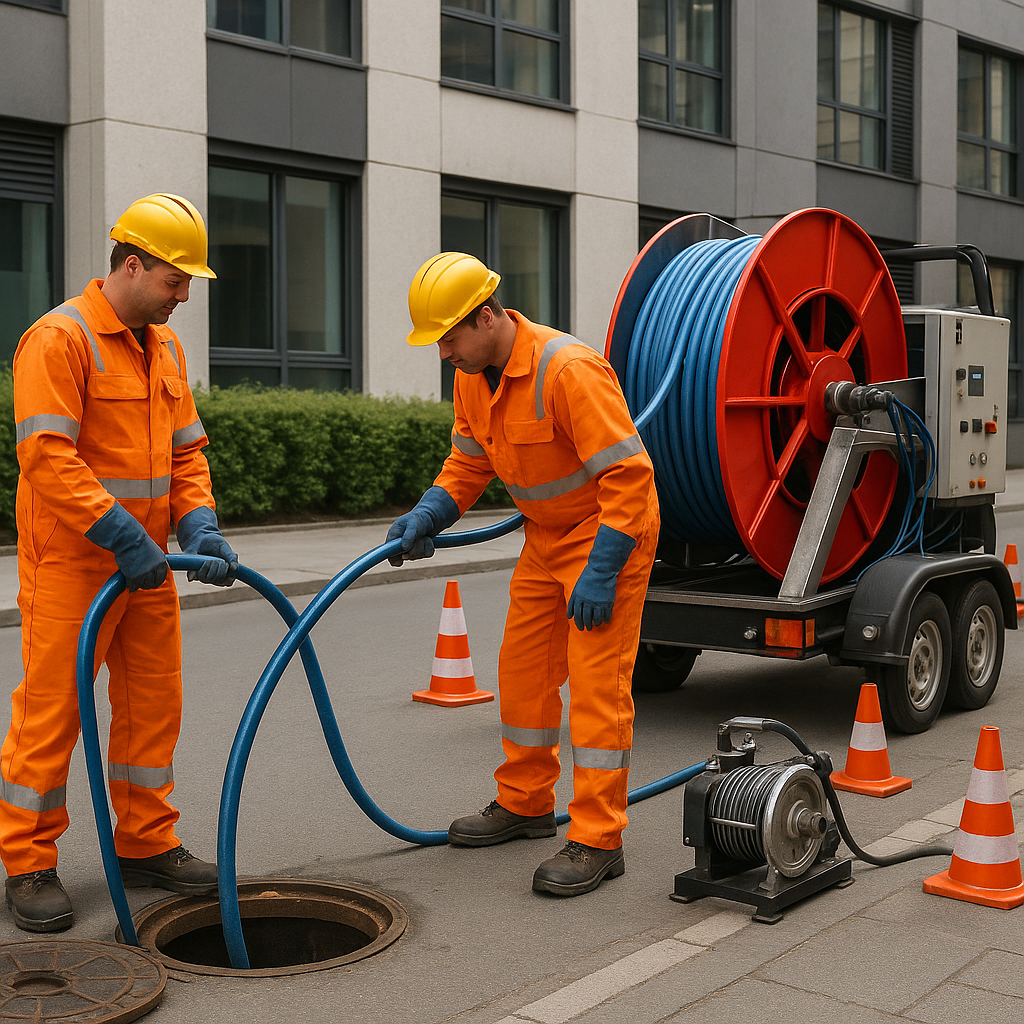Understanding Trenchless Repair Costs: A Comprehensive Guide
Explore trenchless repair costs, benefits, and techniques for efficient sewer line maintenance in this detailed industry guide.

Understanding Trenchless Repair Costs: A Comprehensive Guide
Introduction
Trenchless repair has revolutionized the way sewer lines are maintained and repaired. Traditional methods often involve significant excavation, leading to higher costs and disruption. Trenchless technology, by contrast, offers a less invasive and often more cost-effective solution. In this guide, we will explore the various factors influencing trenchless repair costs, the benefits of trenchless methods, and how they compare to traditional approaches.
What is Trenchless Repair?
Definition and Overview
Trenchless repair refers to a range of minimally invasive techniques used to repair or replace underground pipes without the need for extensive digging. These methods include pipe bursting, slip lining, cured-in-place pipe (CIPP), and others. Each technique offers unique advantages and is suitable for different scenarios.
Types of Trenchless Technologies
- Pipe Bursting: Involves breaking the existing pipe while simultaneously installing a new one.
- Cured-in-Place Pipe (CIPP): A resin-saturated liner is inserted into the existing pipe and cured to form a new pipe within the old one.
- Slip Lining: Involves inserting a smaller diameter pipe into the existing pipe and filling the annular space with grout.
Factors Influencing Trenchless Repair Costs
1. Pipe Material and Condition
The existing pipe material and its condition play a significant role in determining the cost of trenchless repair. Older pipes made of materials like clay or cast iron may require more preparation or specialized techniques.
2. Depth and Location
The depth at which the pipes are buried and their location can significantly affect costs. Pipes located beneath structures, roads, or landscaped areas may require additional precautions or equipment.
3. Diameter and Length of the Pipe
Larger diameter pipes or longer sections will typically incur higher costs due to the increased material and labor required.
4. Access Points
The number and accessibility of entry and exit points can impact the cost. More access points may simplify the repair but also increase labor expenses.
5. Environmental and Regulatory Considerations
Local regulations and environmental considerations can affect trenchless repair costs. Compliance with regulations may require additional permitting or specialized techniques.
Cost Comparison: Trenchless vs. Traditional Methods
Traditional Repair Costs
Traditional sewer repair methods often involve extensive excavation, which can lead to increased labor, equipment, and restoration costs. The disruption caused by digging can also result in additional expenses related to landscaping or road repairs.
Trenchless Repair Costs
While trenchless methods may have higher upfront costs due to specialized equipment and materials, they often result in lower overall expenses. The reduced disruption and faster completion times can lead to cost savings in terms of labor and restoration.
Benefits of Trenchless Repair
Reduced Disruption
- Minimal excavation means less disturbance to landscapes and infrastructure.
- Faster completion reduces downtime and inconvenience.
Cost-Effectiveness
- Lower restoration costs due to minimal digging.
- Potential for reduced labor costs with quicker installations.
Environmental Impact
- Less soil displacement and reduced environmental disturbance.
- Reduced carbon footprint due to lower equipment usage.
Practical Tips for Choosing Trenchless Repair
- Conduct a Thorough Inspection: Use advanced sewer inspection technologies to assess the condition and suitability of trenchless repair.
- Choose the Right Contractor: Select a contractor experienced in trenchless methods, with a proven track record.
- Consider Long-Term Savings: Evaluate the long-term cost benefits of reduced maintenance and disruption.
- Check Local Regulations: Ensure compliance with local regulations and obtain necessary permits.
Current Industry Trends and Developments
Increasing Adoption of Trenchless Technologies
As awareness of the benefits of trenchless repair grows, more municipalities and businesses are adopting these technologies. Innovations in materials and methods continue to improve efficiency and reduce costs.
Integration with Smart Technologies
The integration of smart technologies such as IoT sensors and data analytics is enhancing the effectiveness of trenchless repairs by providing real-time monitoring and predictive maintenance capabilities.
Conclusion
Trenchless repair offers a cost-effective, efficient alternative to traditional sewer line maintenance. By understanding the factors influencing costs and the benefits of trenchless methods, industry professionals can make informed decisions that optimize both budget and performance.
FAQs
What is the average cost of trenchless sewer repair?
The cost can vary widely based on factors such as location, pipe size, and condition, but it typically ranges from $60 to $250 per foot.
How long does a trenchless repair last?
Most trenchless repairs are designed to last 50 years or more, depending on the materials used and environmental conditions.
Can all pipes be repaired using trenchless methods?
While many pipes are suitable for trenchless repair, extreme damage or certain materials may require traditional methods.